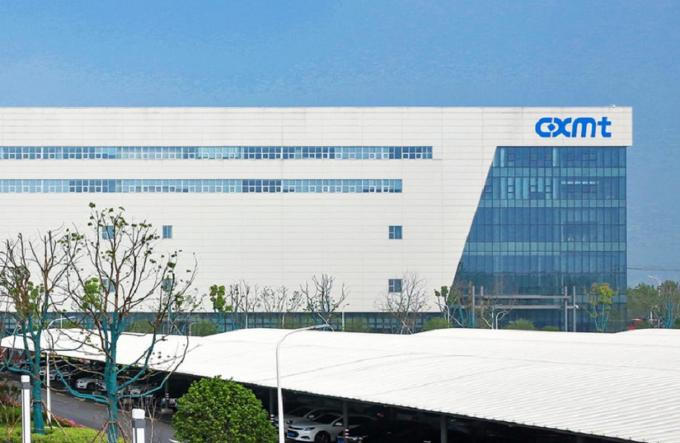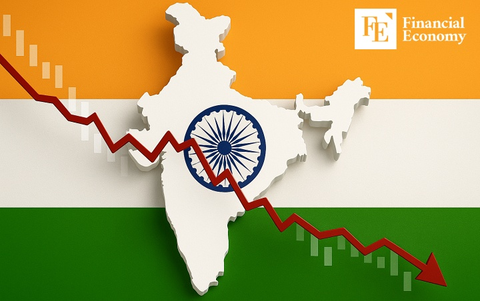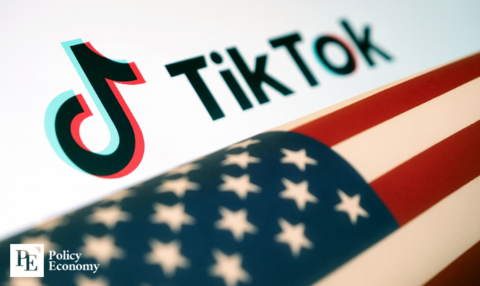DDR5 Prices Rebound Due to CXMT Quality Issues—Will the 'Ripple Effect' Benefit for Korean Semiconductors Continue?
Input
Modified
CXMT DDR5 Faces Yield Risk Leakage Current and Signal Integrity Defects Identified Samsung and SK Hynix Expected to Benefit Indirectly

A shift in the global memory chip market is underway, sparked not by innovation, but by a crisis. Chinese memory manufacturer CXMT (Changxin Memory Technologies) has encountered quality issues with its DDR5 products—an event now sending ripples through the industry. The immediate consequence has been a rebound in DDR5 prices, but the broader impact hints at strategic realignments and potential windfalls for South Korea’s leading chipmakers, Samsung Electronics and SK Hynix. As the disruption deepens and CXMT scrambles for solutions, questions emerge: can Korea capitalize on this momentary advantage, and how long will it last?
CXMT Sparks DDR5 Price Surge
In late March, the spot price of DDR5 (16Gb 2Gx8), a new generation DRAM used in high-performance PCs, climbed to $4.25—a sharp 11.84% increase from the previous month, according to DRAMeXchange. The price premium over legacy DDR4 also edged higher, rising from 38% to 39%.
At the heart of this surge are CXMT’s production woes. The company’s newly mass-produced 1b nanometer DDR5 chips have shown abnormally high leakage current between cells, compromising performance. Some units also demonstrated instability under high-speed operations, failing to meet customer testing standards and prompting buyers to search for alternative suppliers.
An industry expert pointed out the technical challenges inherent in CXMT's process: the 1b nanometer generation introduces tighter spacing between cells, which increases the difficulty of controlling electrical interference and leakage current. While CXMT has proven itself with LPDDR4 and DDR4, it lacks the large-scale manufacturing experience required for high-speed DDR5.
This gap in expertise is becoming evident. DDR5’s data transfer speeds are more than double those of DDR4, meaning stability in fine process nodes is crucial. Korean manufacturers have honed their technologies through years of validation and testing, but CXMT, still new to the DDR5 segment, is encountering the growing pains of mass production. The company began DDR5 output after launching mobile LPDDR5 in November 2023 and currently achieves a chip yield of around 80%, according to Zhongguancun Online. By comparison, Samsung and SK Hynix maintain yields closer to 90%.
Compounding the issue, CXMT relies on deep ultraviolet (DUV) lithography, not the more advanced extreme ultraviolet (EUV) process used by its Korean rivals. DUV, while adequate for older nodes, struggles with the precision demands of cutting-edge DRAM like DDR5. Industry consensus holds that resolving the defects may require several months of cell redesign and process optimization.
With confidence shaken, some customers have begun suspending orders from CXMT and turning instead to Samsung and SK Hynix—companies known for reliable, high-yield production. These Korean firms, already established leaders in high-bandwidth memory (HBM) and DDR5, are now in a prime position to absorb the redirected demand, particularly from AI servers and advanced data centers where stability and performance are paramount.
CXMT to Expand Production by 68% This Year — Catching Up to Samsung and SK
Despite its current setbacks, CXMT is aggressively scaling its output, raising concerns that the Korean memory duopoly may not maintain its edge for long. Market research firm Omdia projects that CXMT’s DRAM production will reach 2.73 million wafers in 2025—a 68% jump from last year’s 1.62 million. This far exceeds earlier forecasts of a 20% increase and encompasses both DDR4 and DDR5 production.
Should this growth continue, CXMT may soon rival U.S. chipmaker Micron in production volume and close the gap to about half of SK Hynix’s capacity. Analysts predict that within the next one to two years, the DRAM market could evolve from its current three-player dynamic into a more competitive four-way structure, potentially ushering in a new era of oversupply.
This shift is already underway. In the first quarter of 2024, CXMT doubled its monthly DRAM output to 200,000 wafers—up from 100,000 wafers a year earlier—and is expected to reach 300,000 wafers per month by 2026. While DDR4 remains its primary product, DDR5 production is clearly part of CXMT’s long-term strategy.
The company’s aggressive DDR4 ramp-up last year triggered a wave of price cuts that shook the market and fractured the 15-year dominance of Samsung, SK Hynix, and Micron. Even Samsung and SK Hynix acknowledged during earnings calls that competition from low-cost Chinese DRAM was impacting their bottom line.
Chinese consultancy Qianzhan reported that CXMT’s market share, which was virtually zero in 2020, rose to 5% by the end of 2024. TrendForce anticipates this figure could double to 12% by the end of 2025. According to Dan Hutcheson, Vice Chairman of TechInsights, CXMT’s growth is creating a “snowball effect” reminiscent of how South Korea once surpassed Japan in the memory sector.

The Strategic Role of China’s Semiconductor Push
CXMT’s rapid rise has not occurred in isolation—it is the product of a national strategy. Backed by the Chinese government’s "semiconductor rise" policy, CXMT has benefited from enormous subsidies, especially for domestic companies that adopt Chinese-made memory. These financial supports have fueled the firm’s expansion in both capacity and technological development.
Though its revenue-based market share remains modest at around 5%, CXMT’s impact is outsized due to its aggressive pricing tactics. These tactics have left competitors unable to engage in direct price wars, forcing them instead to refocus on advanced, premium-tier products.
This is a playbook China has used before. In the 2000s, Korea dominated the LCD display market until Chinese companies—designated as strategic by their government—ramped up production with state support. A flood of low-cost displays from China soon eroded Korea’s market position. Ultimately, Samsung Display and LG Display withdrew from the large LCD business altogether, shifting their focus to high-end technologies like OLED.
The semiconductor industry may now be witnessing a similar transformation. CXMT’s current quality issues provide Korean firms with a temporary reprieve, but with China’s backing and an aggressive growth trajectory, the global memory market could soon face renewed turbulence—and a redefined balance of power.





















